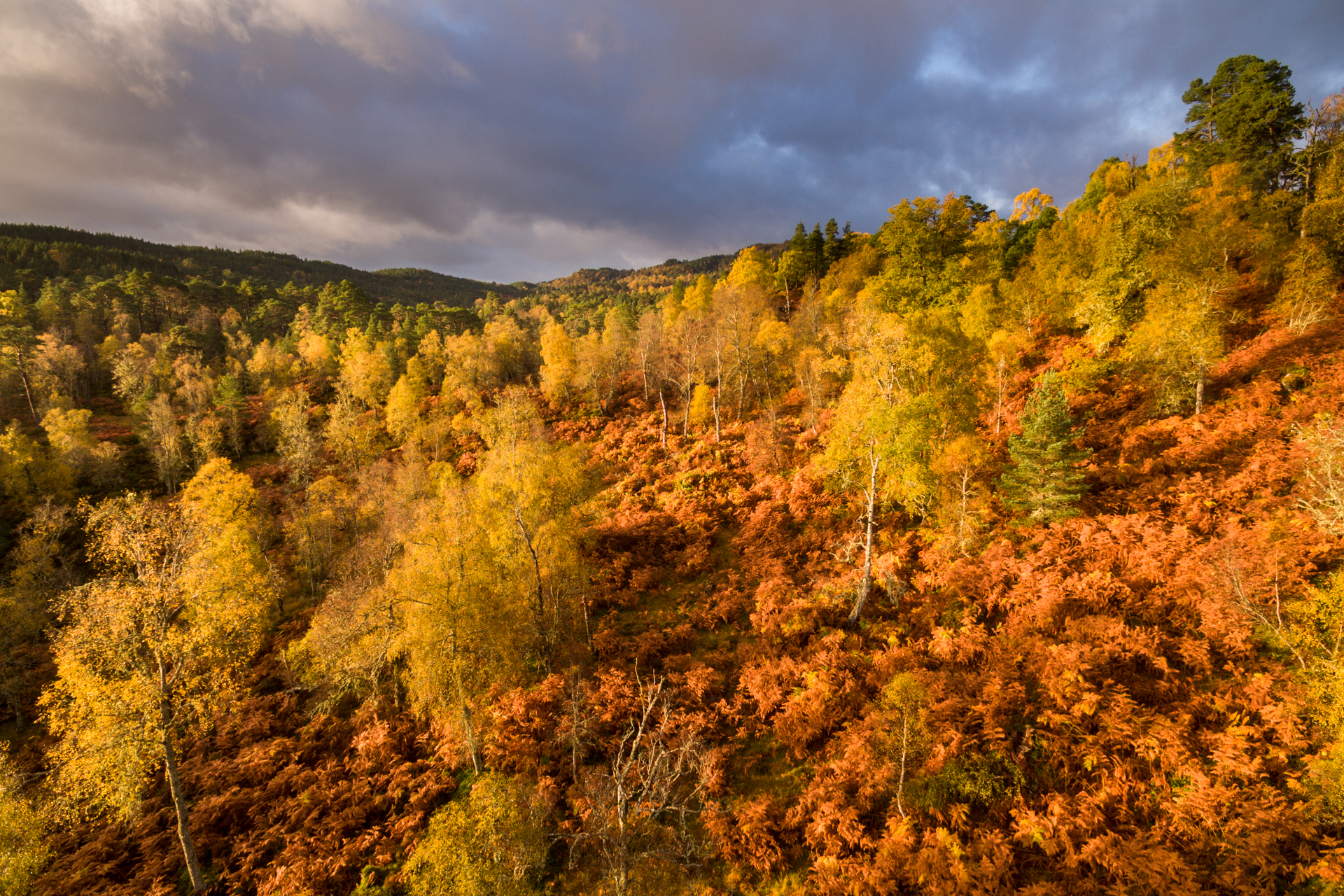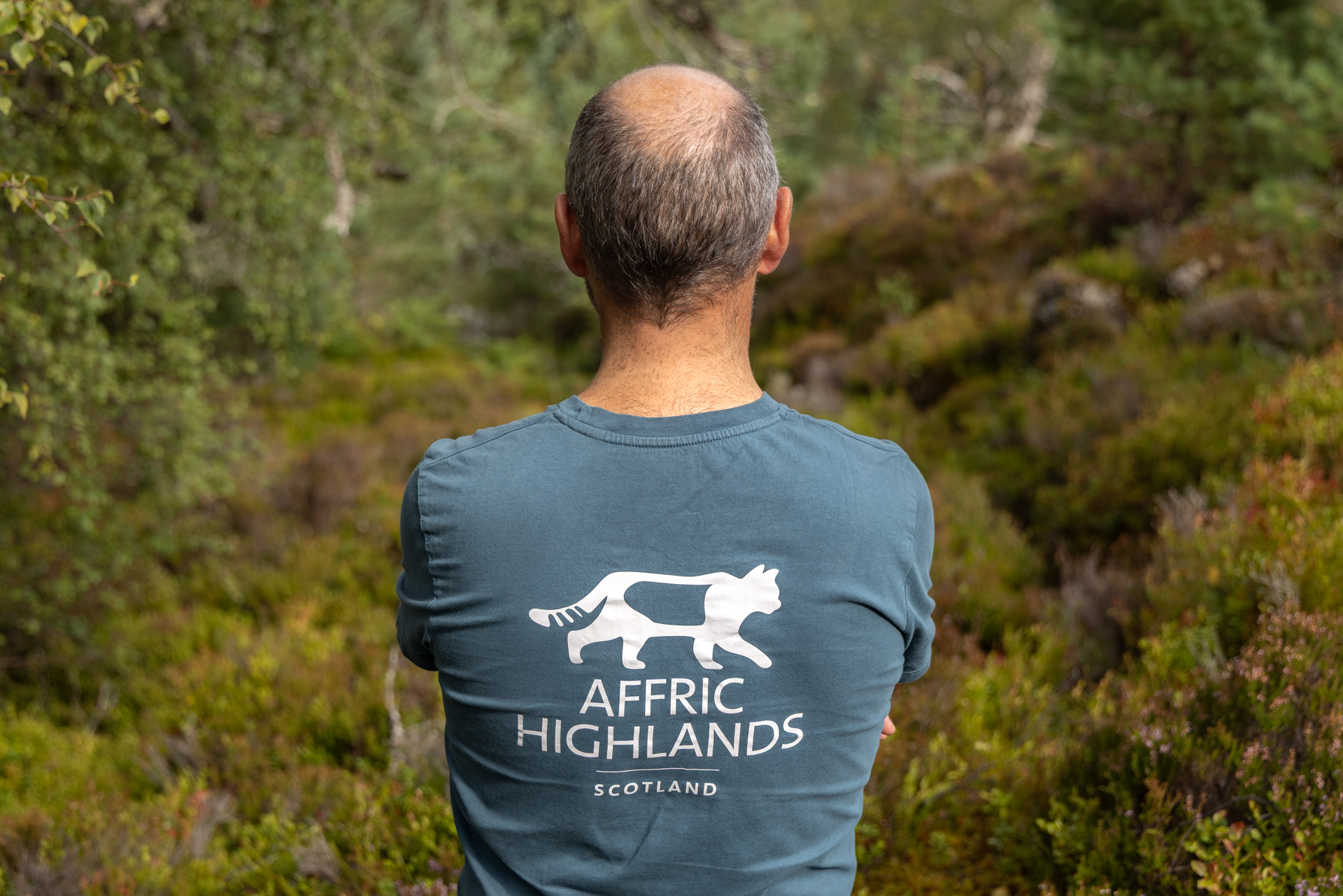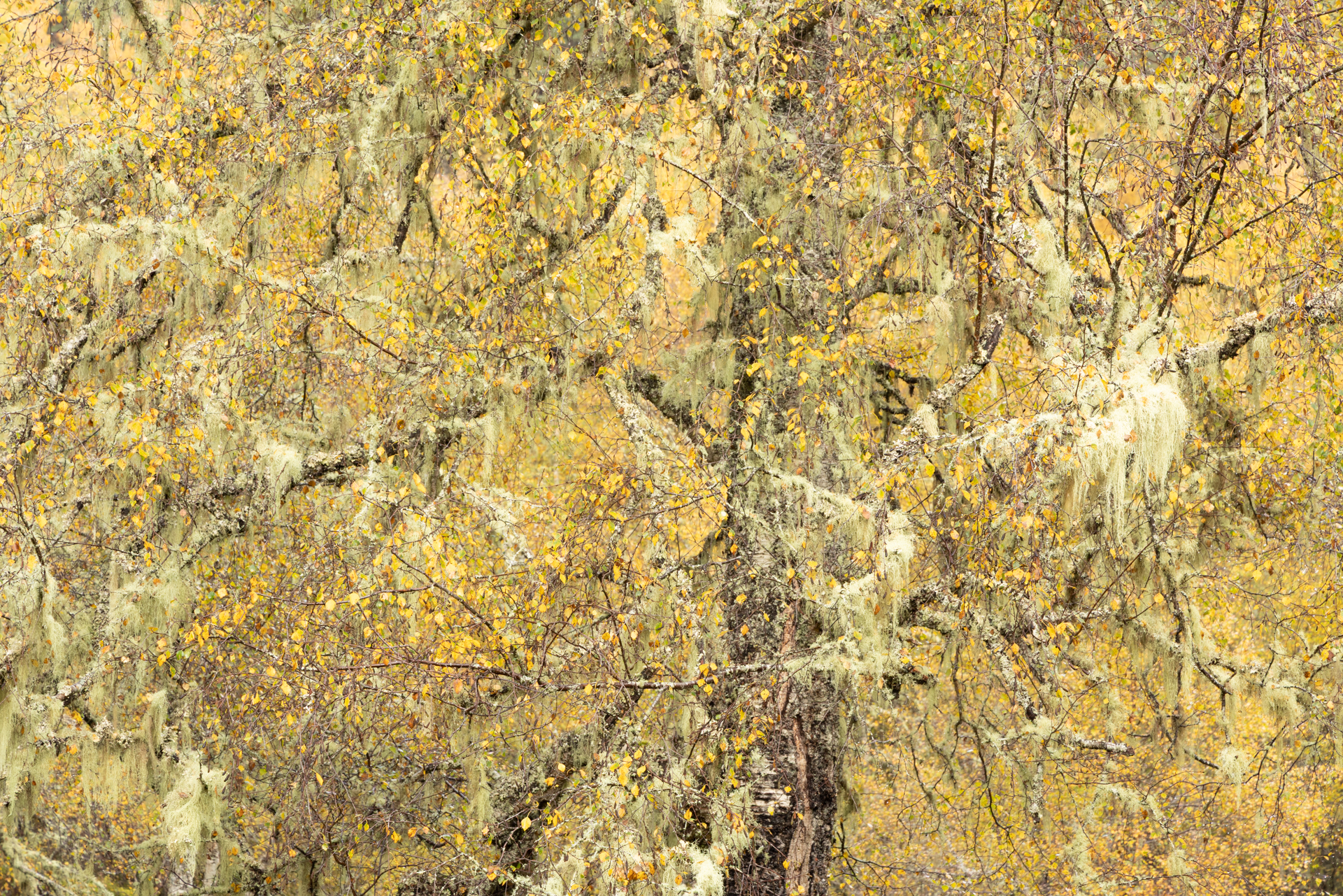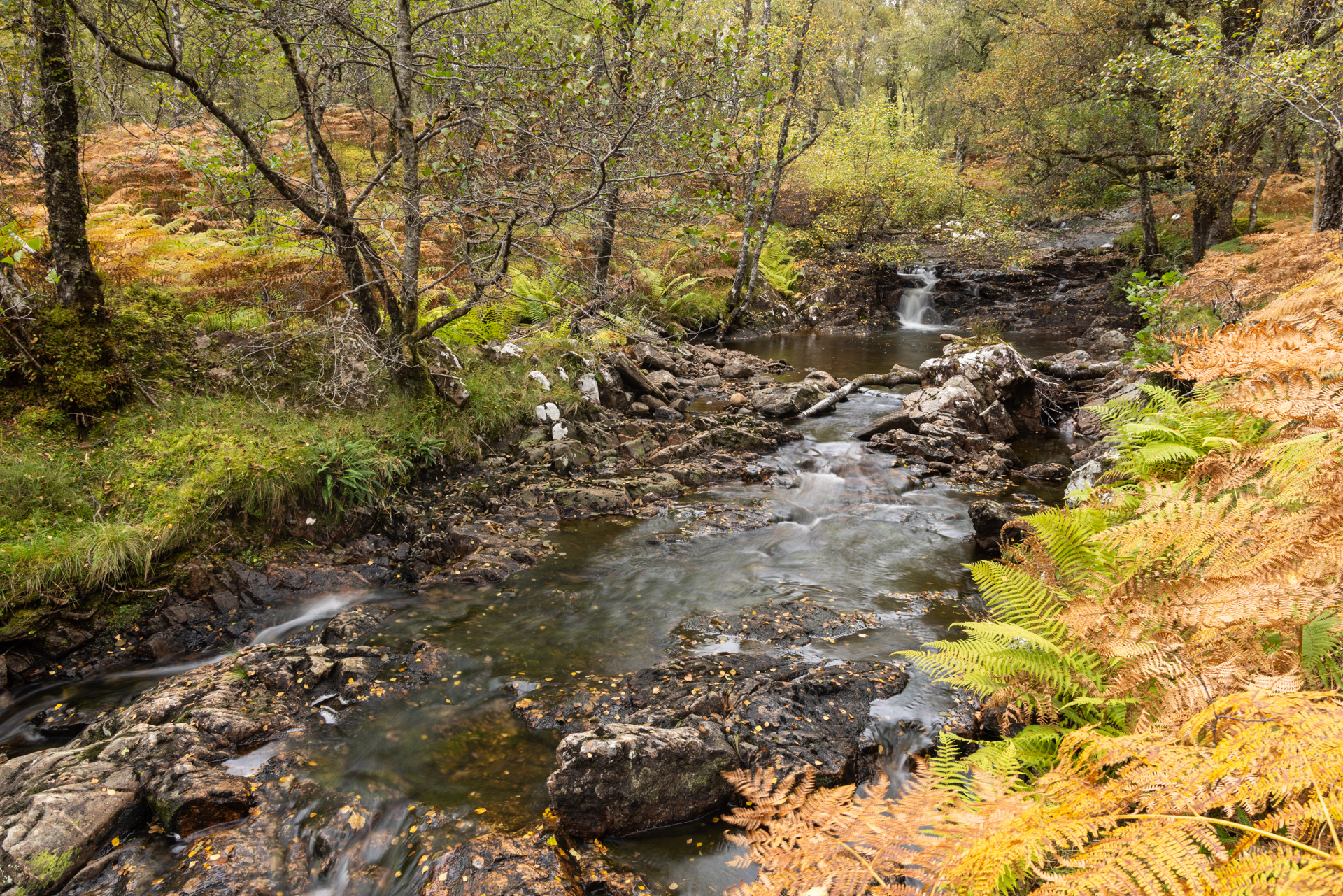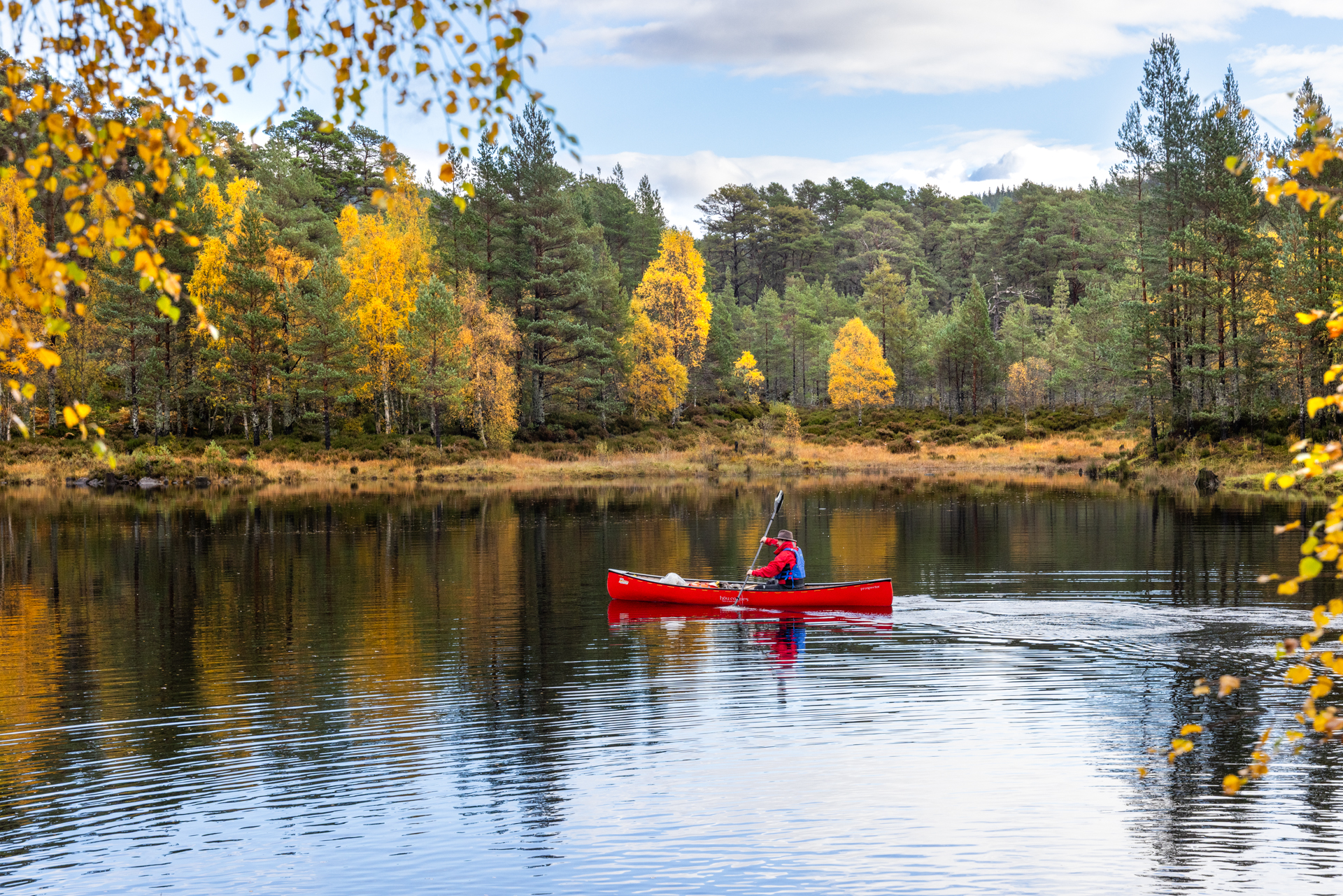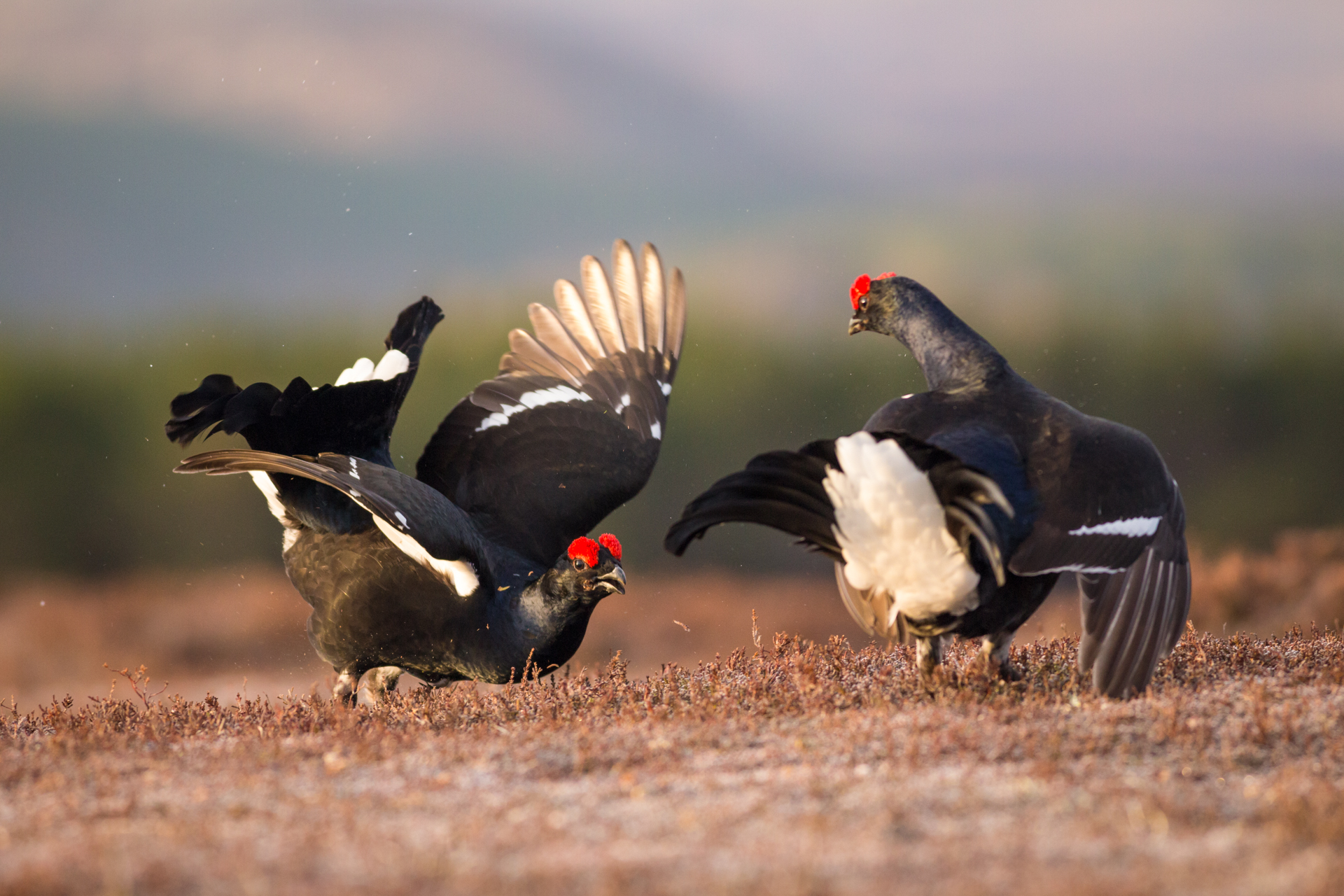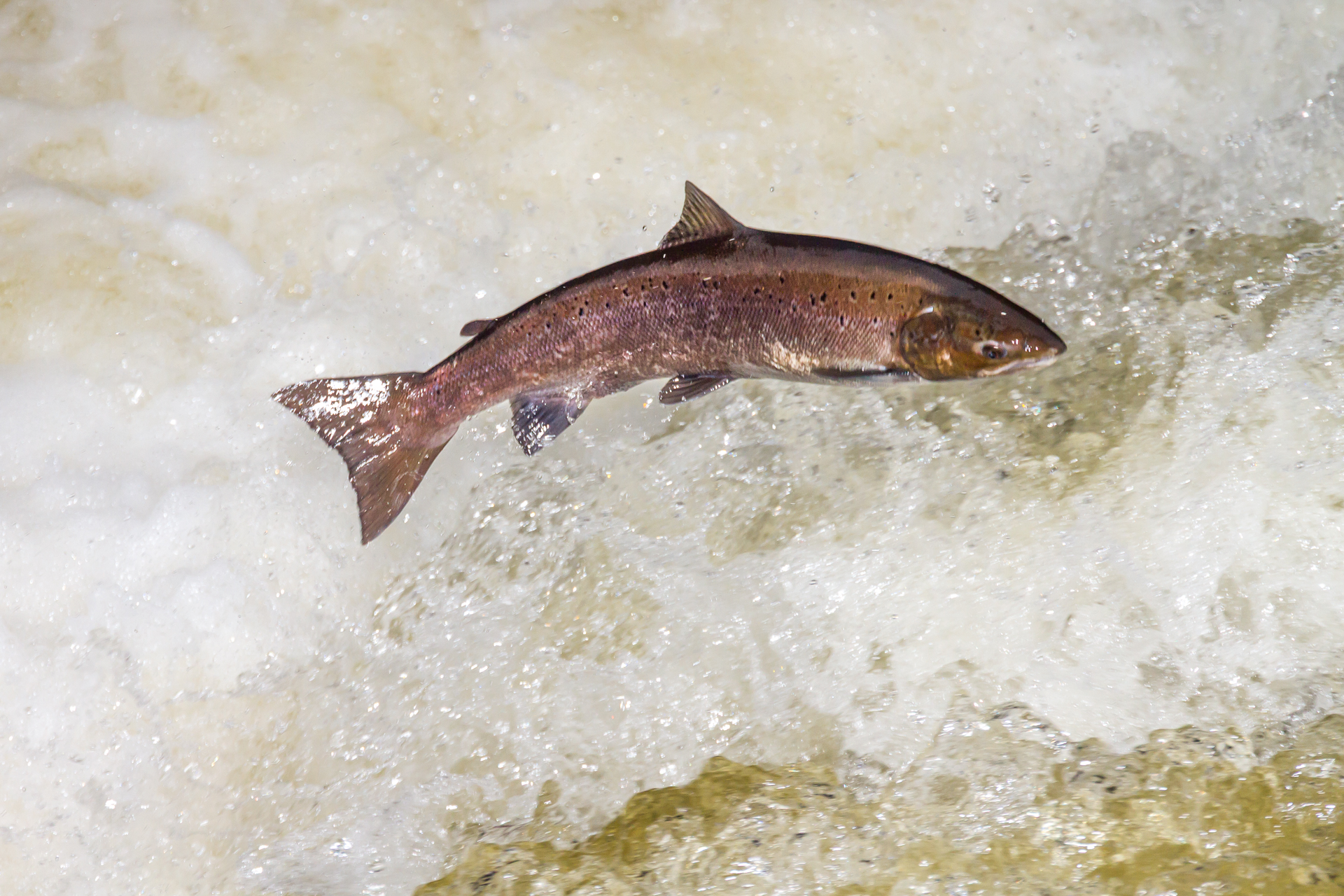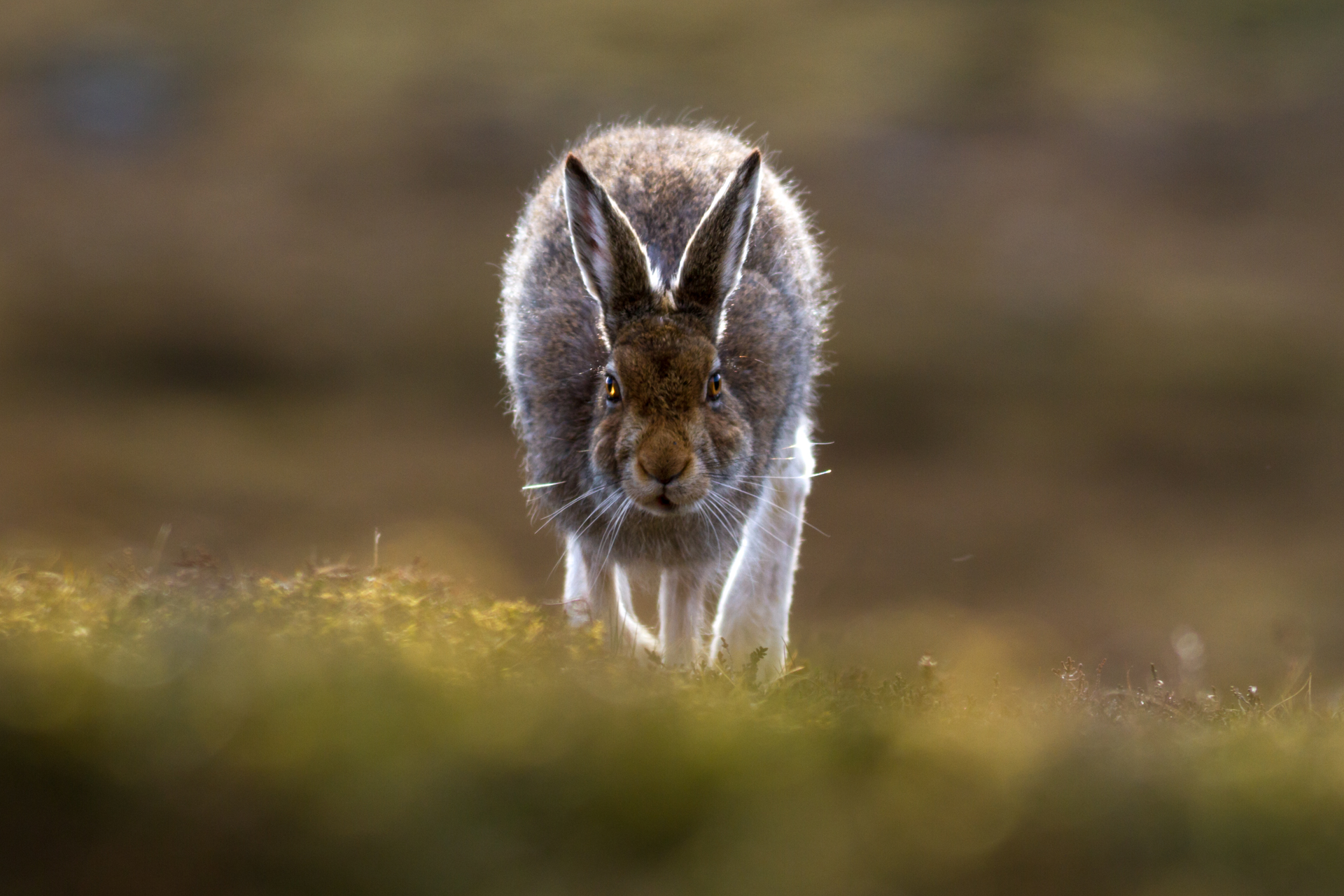In the Affric Highlands of Scotland, a growing coalition of landowners, residents, businesses, and other stakeholders is driving nature recovery across the landscape. Two new official partners — including Glen Affric National Nature Reserve — will strengthen these efforts, amplifying the benefits for biodiversity, climate, and communities.
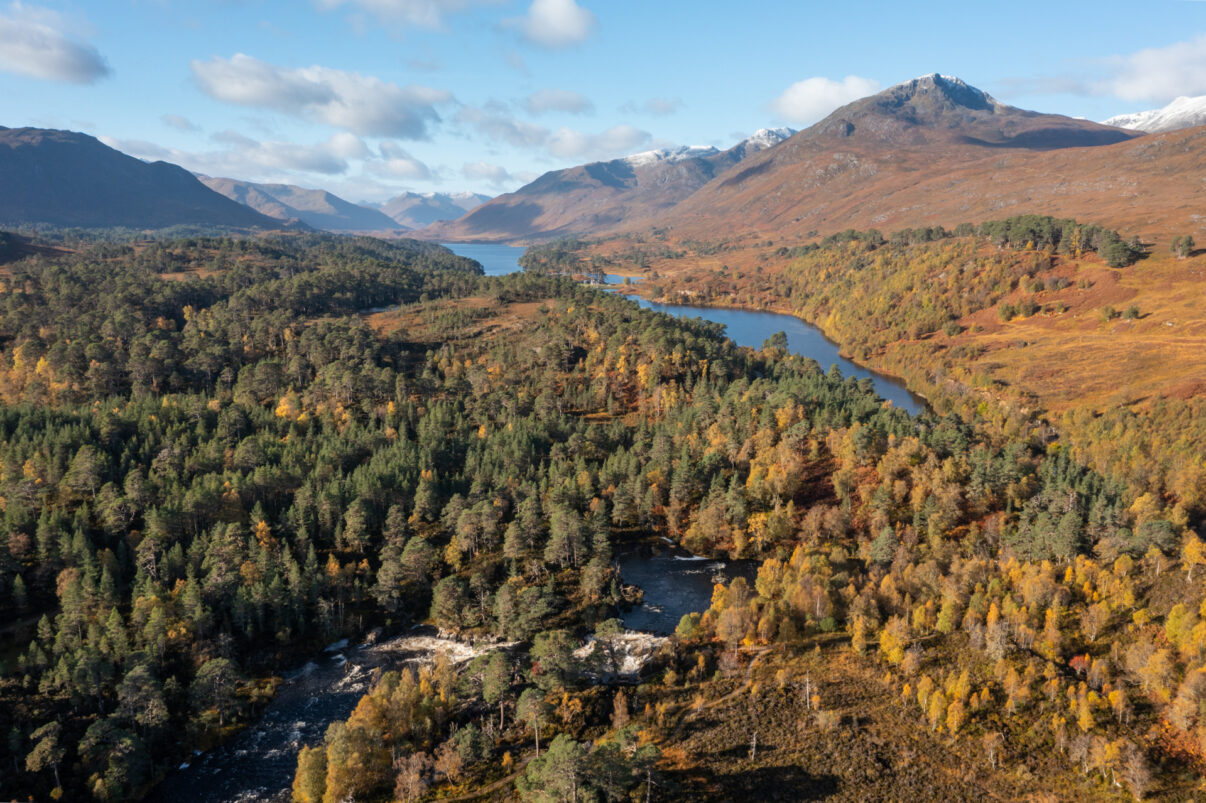
United for a wilder Affric Highlands
Rewilding Europe is delighted to announce that the renowned Glen Affric National Nature Reserve has become the 20th official partner of the Affric Highlands rewilding coalition. This milestone addition will further strengthen the efforts of this broad partnership to help nature and people thrive together in the Affric Highlands rewilding landscape, which extends across more than 200,000 hectares in the Scottish Highlands.
Coordinated by Rewilding Affric Highlands, these efforts are bringing together a growing number of landowners, residents, businesses, and other organisations to boost biodiversity, tackle climate change, and create transformative new opportunities for local people and communities.

A huge step forwards
Managed by Forestry and Land Scotland (FLS), Glen Affric is one of Scotland’s most beautiful glens (valleys). It is home to the country’s third-largest remnant of ancient Caledonian pinewoods — which once covered much of Scotland — as well as lochs (lakes), moorland, and mountain landscapes. FLS and Rewilding Affric Highlands have signed an agreement that brings the reserve and additional FLS landholdings in the glen — covering a total of 17,604 hectares — into the partnership.
“This is a huge step forwards for the entire landscape,” says Stephanie Kiel, executive director of Rewilding Affric Highlands. “It reinforces the efforts of the coalition to deliver an Affric Highlands that is far richer in nature, with new opportunities that improve the lives of the people who stay and return here — including more jobs and enhanced well-being. The work being carried out by Forestry and Land Scotland in Glen Affric, which lies at the heart of the Affric Highlands, is incredibly important.”
Burgeoning impact
The Affric Highlands rewilding landscape stretches from Loch Ness in the east to Kintail on the Scottish west coast. With most of the landscape owned by 56 large estates, Rewilding Affric Highlands is encouraging more landowners to join the coalition as it continues to build momentum.
“We’re delighted to join this important partnership to allow nature to connect up and thrive across such a vast area of the Highlands,” says Alex Macleod, Forestry and Land Scotland’s North Region manager. “As stewards of Glen Affric on behalf of the nation, we hope our involvement will play a key part in further ensuring the extensive, long-term health of nature, communities, and livelihoods.”
In early November the 5,800-hectare Barrisdale Estate also joined the coalition, bringing the number of landowners involved in the partnership to 21. These separate landholdings, which cover a combined total of more than 81,000 hectares, have all signed a memorandum of understanding. With the Rewilding Affric Highlands team offering advice and support, they are making their own decisions on which rewilding interventions are right for them.
Amplifying the beneficial impact of rewilding
Rewilding Europe welcomed the Affric Highlands into its expanding rewilding landscape portfolio in September 2021. A new dedicated entity, Rewilding Affric Highlands, was founded in 2025 to lead the initiative. Together with local partner Trees for Life, which has been rewilding the Scottish Highlands for over 30 years, the Rewilding Affric Highlands team are working with landowners and other members of the rewilding coalition to revitalise natural processes, restore and reconnect habitats, support wildlife comeback, engage communities, and give nature-based businesses the opportunity to flourish.
Rewilding efforts in the Affric Highlands are healing landscapes through the regeneration of ancient pinewoods, rewetting of peat bogs, and restoration of riverside woodland. This is boosting carbon storage and benefitting an array of iconic wildlife species, including golden eagles, red squirrels, black grouse, mountain hares, Atlantic salmon, trout, ospreys, and otters.
Work is also underway with local landowners to strengthen land-based rural livelihoods and nature-based economic opportunities, with the aim of making the region a hub for sustainable timber, fishing, farming, venison, and nature-based tourism.
Pioneering restoration
Forestry and Land Scotland has carried out vital public forestry and conservation work in Glen Affric for 75 years. For decades, it has worked with landowners, Trees for Life, and others to restore the glen’s precious Caledonian forest.
FLS estimates that these efforts have protected and restored hundreds of hectares of Caledonian pinewoods through tree planting, and by promoting the natural regeneration of Scots pine and native broadleaved tree species — with deer management helping to safeguard young growth. The organisation has also restored wetlands, peatlands, and other important habitats.
In October, a family of five beavers and a beaver pair were released at two sites on Loch Beinn a Mheadhoin within the Glen Affric National Nature Reserve. Forestry and Land Scotland has been working in partnership with Trees for Life on the initiative since 2022, supported by the Beaver Trust. Moving forwards, these eco-engineers are expected to have an increasingly positive impact on the landscape and its biodiversity.
